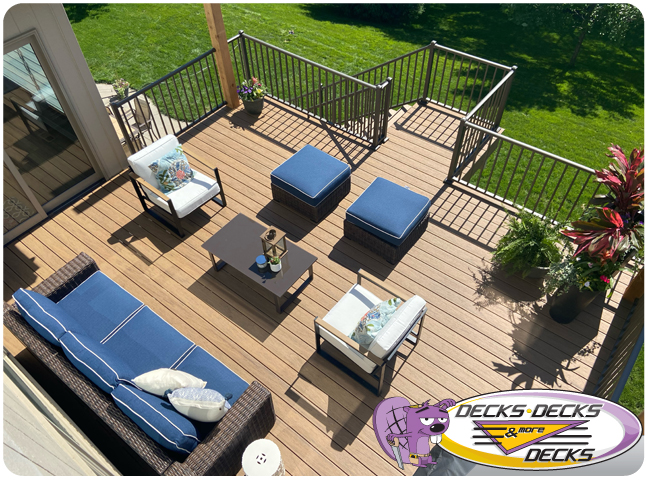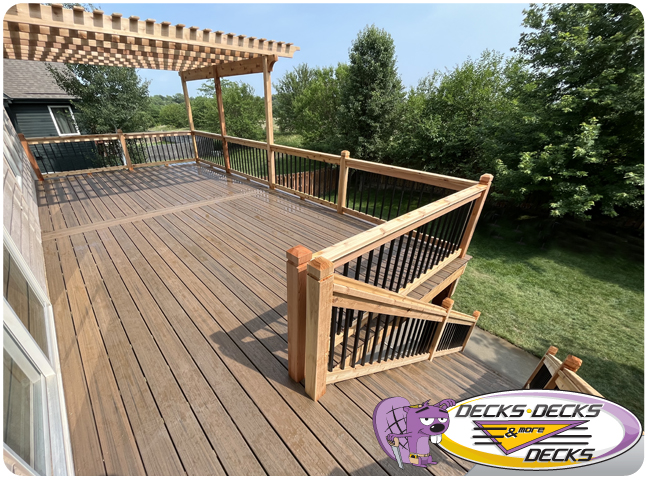What Not to Fix When Selling a House: Key Areas to Leave Alone
When preparing to sell a house, it’s natural to want to make it as appealing as possible to potential buyers. However, not all repairs or renovations will necessarily add value to your property. In some cases, investing time and money into certain fixes can be a waste, or even counterproductive. Here’s a guide to what you should avoid fixing when selling your house to ensure you spend your resources wisely.
1. Over-Personalized Decor
Why You Should Avoid It:
- Personal Taste: Personalized or custom decor may not appeal to the broad range of potential buyers. What you find appealing might not suit their tastes.
- Cost vs. Value: The cost of updating personalized features to a more neutral style might not yield a significant return on investment.
What to Do Instead:
- Neutralize: If your home has overly bold or unique decor, focus on neutralizing the space with a fresh coat of paint in neutral colors. This makes it easier for buyers to envision their own style in the home.
2. High-End Upgrades
Why You Should Avoid It:
- ROI Concerns: Expensive upgrades like luxury appliances or high-end fixtures may not provide a proportional return on investment. Buyers often prefer to use their own budget to make these decisions.
- Market Expectations: High-end features may not align with the expectations or budgets of the target market for your home.
What to Do Instead:
- Basic Repairs: Focus on basic repairs and maintenance that are necessary to ensure the home is in good condition, rather than investing in luxury upgrades.
3. Extensive Landscaping Projects
Why You Should Avoid It:
- Cost vs. Appeal: Extensive landscaping projects can be costly and may not have the same impact as other, more immediate home improvements.
- Personal Preferences: Landscaping tastes vary greatly, and what you find attractive might not appeal to all buyers.
What to Do Instead:
- Maintenance: Ensure that the lawn is well-maintained and tidy. Simple landscaping improvements, like trimming bushes and mowing the lawn, are more cost-effective and generally appreciated.

4. Major Structural Repairs
Why You Should Avoid It:
- Buyer Concerns: Major structural issues, such as foundation problems or significant roof repairs, might deter buyers, but they may also be aware of these issues through a home inspection.
- Cost Implications: Major repairs can be very costly and may not always increase the value of the home proportionately.
What to Do Instead:
- Disclosure: Be transparent about any major issues. It’s better to disclose problems and allow the buyer to address them. This builds trust and helps avoid complications during the sale process.
5. Overly Trendy Renovations
Why You Should Avoid It:
- Changing Trends: Trends change quickly, and what is popular now might not be in a few years. Overly trendy renovations can date the home as soon as the trend passes.
- Broad Appeal: Buyers have varied tastes, and highly trendy renovations may not appeal to everyone.
What to Do Instead:
- Timeless Updates: Stick to timeless updates that have broad appeal, such as fresh paint and basic repairs. These improvements are more likely to enhance the overall attractiveness of the home without risking obsolescence.
6. DIY Projects Gone Wrong
Why You Should Avoid It:
- Quality Concerns: Poorly executed DIY projects can detract from the home’s value and may even raise red flags for potential buyers regarding the overall quality of the home.
- Professional Appeal: Buyers often prefer to see work done by professionals to ensure that repairs are up to standard.
What to Do Instead:
- Professional Repairs: If DIY projects are incomplete or poorly done, consider hiring a professional to correct them before listing the home. This ensures that repairs are done correctly and can increase buyer confidence.
Conclusion
When selling your house, it’s important to focus on repairs and improvements that offer the best return on investment. Avoid spending money on over-personalized decor, high-end upgrades, extensive landscaping, major structural repairs, overly trendy renovations, or DIY fixes that might not meet professional standards. Instead, concentrate on essential repairs and maintenance that will make your home more attractive to potential buyers without breaking the bank.
Check Out This Blog!












